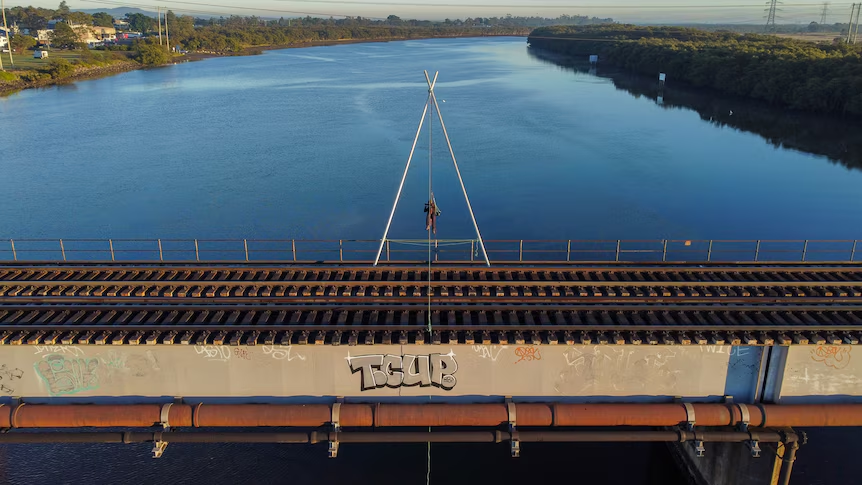THREE new metro lines, with an investment value of over $US 5bn, are planned in Ho Chi Minh City in Vietnam. According to local media outlet Vietnamnet Global, the new lines will follow on from Lines 1 and 2, which are currently under construction.
The new metro lines are:
Line 2 Phase 2, 6km
Line 3a, 11km, and
Line 5 Phase 1, 9km.
The second phase of Line 2 will extend to the new district of Thu Thiem. Construction of the first phase started earlier this year, with completion expected by 2030. Phase 2 will cost approximately $US 1.3 bn, which is expected to come from Korean government loans.
Ho Chi Minh City’s Management Authority for Urban Railways (Maur) has been working with the Export-Import Bank of Korea (Kexim) to provide technical support documents that will enable Maur to access non-refundable finance later this year.
Line 3a will have 11 underground stations and is expected to cost more than $US 2bn, with finance expected to be provided by the Japan International Cooperation Agency (Jica). Maur and Jica reportedly discussed new financing options during a meeting last month. The line is still awaiting approval, originally submitted in 2016, from the Ministry of Planning and Investment.
Line 5 includes a 7.5km underground section and is expected to cost more than $US 1.7bn. Financing is expected from a variety of sources, including the Asian Development Bank (ADB), European Investment Bank (EIB), and German federal development bank (KfW).
According to Maur, a feasibility study has been submitted to the Ministry of Planning and Investment, along with cost-approved plans for independent project analysis.
Further metro lines are proposed in Ho Chi Minh City, including Lines 2 (Phase 3), 3b, 4, 5 (Phase 2) and 6, as well as a light rail line and two monorail routes.
Ho Chi Minh City’s first metro line, the much-delayed Line 1, is finally due to open later this year.
For detailed data on Asian metro projects, subscribe to IRJ Pro.
The post Ho Chi Minh City plans three new metro lines appeared first on International Railway Journal.

